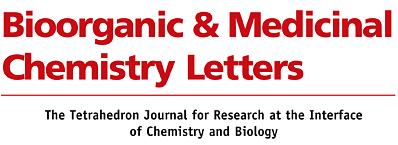
Replacement of the constrained phenylalanine analogue 1,2,3,4-tetrahydroisoquinoline-3-carboxylic acid (Tic) in the opioid Dmt-Tic-Gly-NH-Bn scaffold by the 4-amino-1,2,4,5-tetrahydro-indolo[2,3-c]azepin-3-one (Aia) and 4-amino-1,2,4,5-tetrahydro-2-benzazepin-3-one (Aba) scaffolds has led to the discovery of novel potent μ-selective agonists (Structures 5 and 12) as well as potent and selective δ-opioid receptor antagonists (Structures 9 and 15). Both stereochemistry and N-terminal N,N-dimethylation proved to be crucial factors for opioid receptor selectivity and functional bioactivity in the investigated small peptidomimetic templates. In addition to the in vitro pharmacological evaluation, automated docking models of Dmt-Tic and Dmt-Aba analogues were constructed in order to rationalize the observed structure–activity data.
